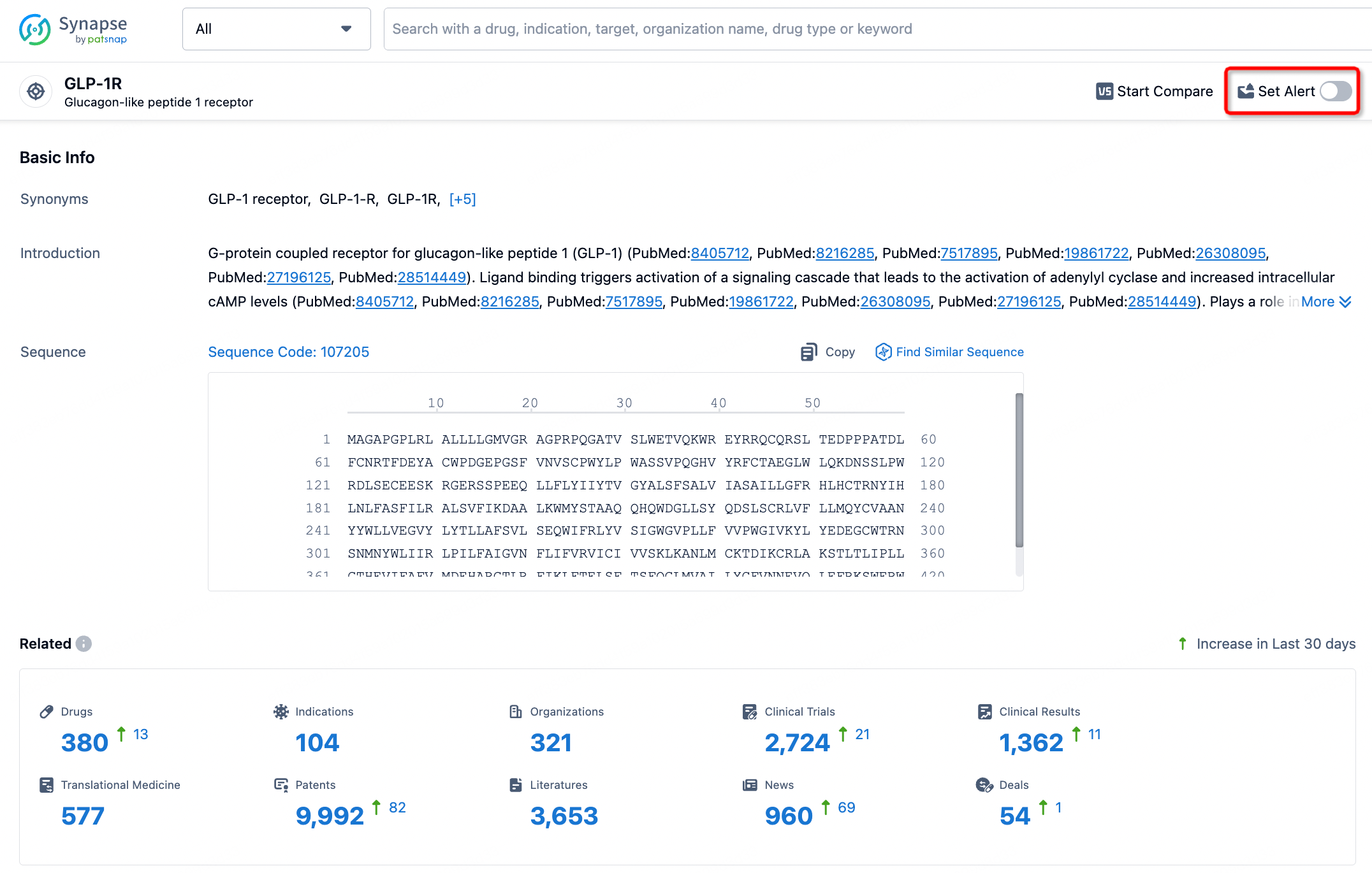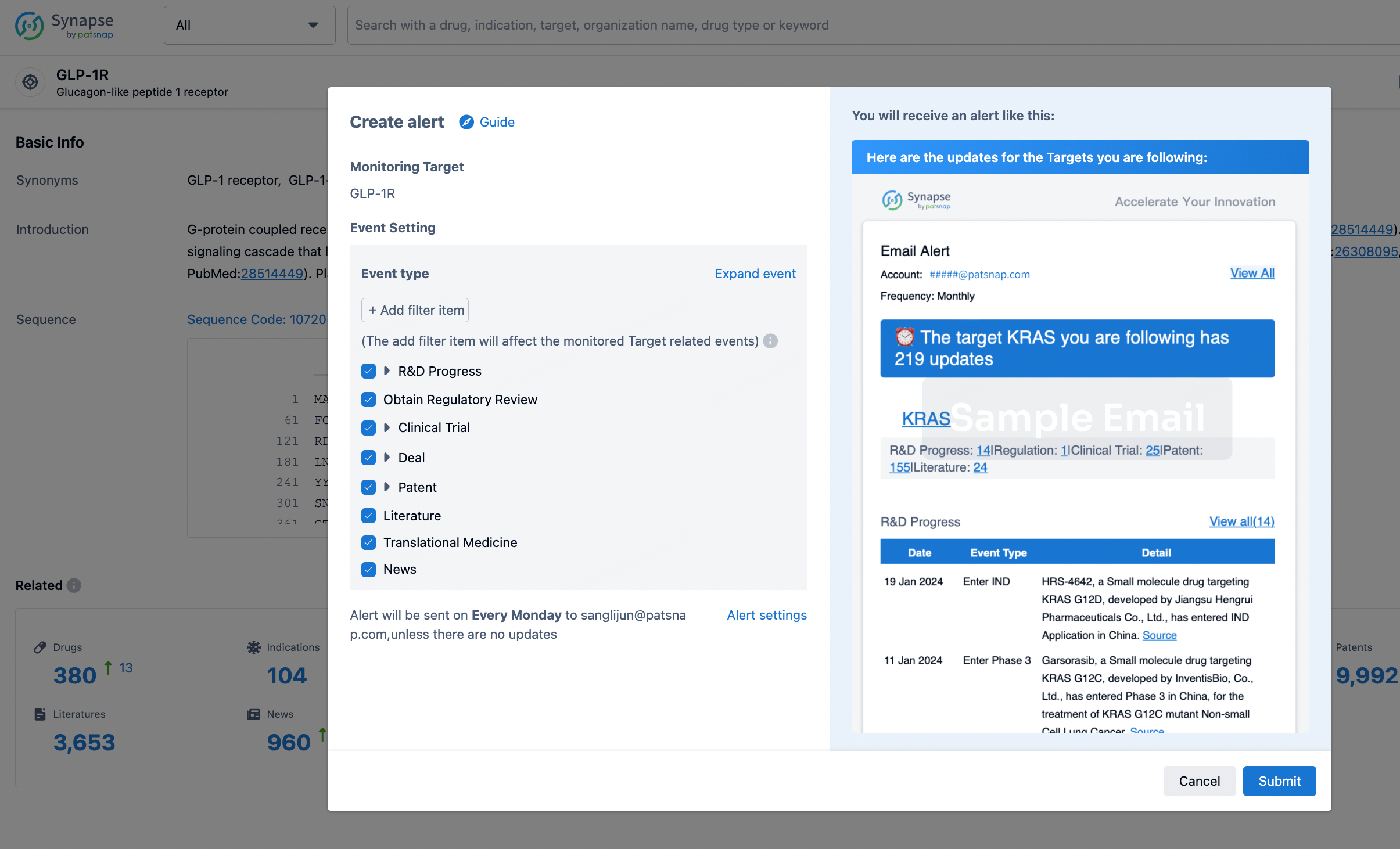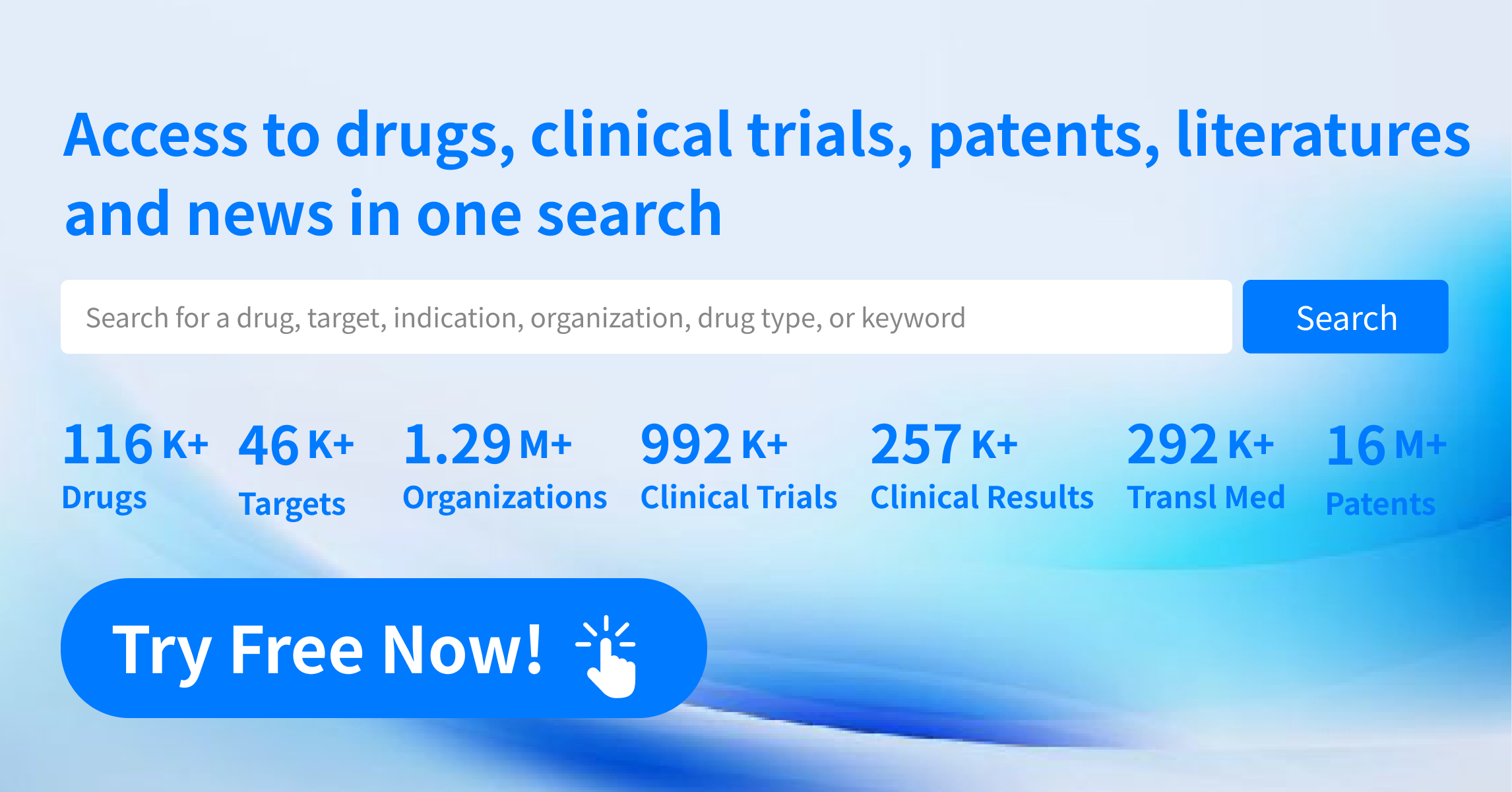Request Demo
What are 5-HT1 receptor partial agonists and how do they work?
21 June 2024
5-HT1 receptor partial agonists are a fascinating class of compounds that interact with the serotonergic system in the brain. These compounds have garnered significant interest due to their unique mechanism of action and their potential therapeutic benefits in treating a variety of conditions. To fully appreciate their role, it's essential to delve into what they are, how they work, and the specific conditions they are used to address.
5-HT1 receptors are a subgroup of the serotonin receptor family, which are G protein-coupled receptors (GPCRs) that mediate various physiological processes. Among the subtypes of 5-HT1 receptors, 5-HT1A and 5-HT1B receptors are the most studied in the context of partial agonists. A partial agonist is a compound that binds to a receptor and activates it, but to a lesser degree than a full agonist. This partial activation can be beneficial, as it provides a balanced modulation of the serotonin system, which can be crucial in managing diseases without triggering excessive serotonin activity that might lead to side effects.
The way 5-HT1 receptor partial agonists work is intricately tied to their ability to finely tune the serotonergic system. When these compounds bind to 5-HT1 receptors, they induce a conformational change that partially activates the receptor. This partial activation is sufficient to produce a therapeutic effect without overstimulating the receptor, which can be a significant advantage in maintaining a physiological balance.
For instance, 5-HT1A partial agonists like buspirone primarily target the presynaptic 5-HT1A receptors, which are autoreceptors. Activation of these autoreceptors inhibits the release of serotonin, leading to a reduction in anxiety and an overall calming effect. On the other hand, postsynaptic 5-HT1A receptors, when activated, can improve mood and cognitive functions. Similarly, 5-HT1B partial agonists have been implicated in the modulation of neurotransmitter release and vascular tone, which can be beneficial in conditions like migraines.
5-HT1 receptor partial agonists have a broad spectrum of therapeutic applications owing to their modulatory effects on the serotonergic system. One of the primary uses of these compounds is in the treatment of anxiety disorders. Buspirone, a well-known 5-HT1A partial agonist, is commonly prescribed to manage generalized anxiety disorder (GAD). Its anxiolytic effects are achieved without the sedative properties often associated with benzodiazepines, making it a safer and more tolerable option for long-term use.
Depression is another area where 5-HT1 receptor partial agonists have shown promise. By modulating serotonin levels and receptor activity, these compounds can help alleviate depressive symptoms. Vilazodone, for instance, is an antidepressant that acts as a selective serotonin reuptake inhibitor (SSRI) and a 5-HT1A partial agonist, offering a dual mechanism to tackle depression more effectively.
In addition to psychiatric disorders, 5-HT1 receptor partial agonists are also employed in the management of migraines. Triptans, which are 5-HT1B/1D receptor agonists, are a class of medications specifically designed to treat acute migraine attacks. They work by inducing vasoconstriction of intracranial blood vessels and inhibiting the release of pro-inflammatory neuropeptides, thereby providing relief from migraine symptoms.
Furthermore, these compounds have potential applications in neurodegenerative diseases. Research is ongoing to explore their role in conditions like Alzheimer's disease and Parkinson's disease, where serotonin dysregulation is often observed. By modulating serotonergic activity, 5-HT1 receptor partial agonists could help improve cognitive function and mitigate neurodegenerative progression.
In summary, 5-HT1 receptor partial agonists represent a versatile and promising class of compounds in the realm of neuropsychopharmacology. Their ability to finely tune the serotonergic system offers therapeutic benefits across a range of conditions, from anxiety and depression to migraines and potentially neurodegenerative diseases. As our understanding of these receptors and their partial agonists continues to grow, so too will the potential for developing more targeted and effective treatments.
5-HT1 receptors are a subgroup of the serotonin receptor family, which are G protein-coupled receptors (GPCRs) that mediate various physiological processes. Among the subtypes of 5-HT1 receptors, 5-HT1A and 5-HT1B receptors are the most studied in the context of partial agonists. A partial agonist is a compound that binds to a receptor and activates it, but to a lesser degree than a full agonist. This partial activation can be beneficial, as it provides a balanced modulation of the serotonin system, which can be crucial in managing diseases without triggering excessive serotonin activity that might lead to side effects.
The way 5-HT1 receptor partial agonists work is intricately tied to their ability to finely tune the serotonergic system. When these compounds bind to 5-HT1 receptors, they induce a conformational change that partially activates the receptor. This partial activation is sufficient to produce a therapeutic effect without overstimulating the receptor, which can be a significant advantage in maintaining a physiological balance.
For instance, 5-HT1A partial agonists like buspirone primarily target the presynaptic 5-HT1A receptors, which are autoreceptors. Activation of these autoreceptors inhibits the release of serotonin, leading to a reduction in anxiety and an overall calming effect. On the other hand, postsynaptic 5-HT1A receptors, when activated, can improve mood and cognitive functions. Similarly, 5-HT1B partial agonists have been implicated in the modulation of neurotransmitter release and vascular tone, which can be beneficial in conditions like migraines.
5-HT1 receptor partial agonists have a broad spectrum of therapeutic applications owing to their modulatory effects on the serotonergic system. One of the primary uses of these compounds is in the treatment of anxiety disorders. Buspirone, a well-known 5-HT1A partial agonist, is commonly prescribed to manage generalized anxiety disorder (GAD). Its anxiolytic effects are achieved without the sedative properties often associated with benzodiazepines, making it a safer and more tolerable option for long-term use.
Depression is another area where 5-HT1 receptor partial agonists have shown promise. By modulating serotonin levels and receptor activity, these compounds can help alleviate depressive symptoms. Vilazodone, for instance, is an antidepressant that acts as a selective serotonin reuptake inhibitor (SSRI) and a 5-HT1A partial agonist, offering a dual mechanism to tackle depression more effectively.
In addition to psychiatric disorders, 5-HT1 receptor partial agonists are also employed in the management of migraines. Triptans, which are 5-HT1B/1D receptor agonists, are a class of medications specifically designed to treat acute migraine attacks. They work by inducing vasoconstriction of intracranial blood vessels and inhibiting the release of pro-inflammatory neuropeptides, thereby providing relief from migraine symptoms.
Furthermore, these compounds have potential applications in neurodegenerative diseases. Research is ongoing to explore their role in conditions like Alzheimer's disease and Parkinson's disease, where serotonin dysregulation is often observed. By modulating serotonergic activity, 5-HT1 receptor partial agonists could help improve cognitive function and mitigate neurodegenerative progression.
In summary, 5-HT1 receptor partial agonists represent a versatile and promising class of compounds in the realm of neuropsychopharmacology. Their ability to finely tune the serotonergic system offers therapeutic benefits across a range of conditions, from anxiety and depression to migraines and potentially neurodegenerative diseases. As our understanding of these receptors and their partial agonists continues to grow, so too will the potential for developing more targeted and effective treatments.
How to obtain the latest development progress of all targets?
In the Synapse database, you can stay updated on the latest research and development advances of all targets. This service is accessible anytime and anywhere, with updates available daily or weekly. Use the "Set Alert" function to stay informed. Click on the image below to embark on a brand new journey of drug discovery!
AI Agents Built for Biopharma Breakthroughs
Accelerate discovery. Empower decisions. Transform outcomes.
Get started for free today!
Accelerate Strategic R&D decision making with Synapse, PatSnap’s AI-powered Connected Innovation Intelligence Platform Built for Life Sciences Professionals.
Start your data trial now!
Synapse data is also accessible to external entities via APIs or data packages. Empower better decisions with the latest in pharmaceutical intelligence.


